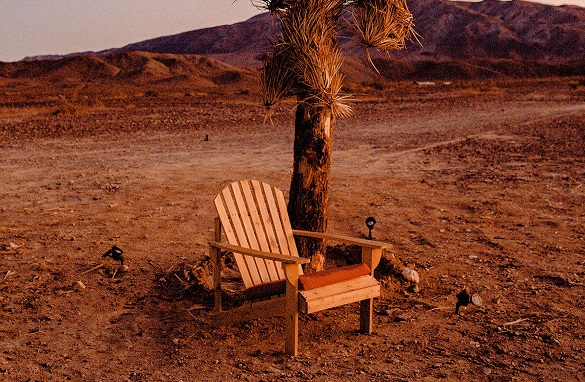
Extreme Temperatures – The Price We Pay for Globalization
The 1980s – India.
The Indian economy was a closed one then. There were no foreign investments in the country, and every industry was governed by license raj. The weather used to be quite warm, with temperatures hovering between 35-40 degrees Celsius throughout summers in New Delhi. I remember as a kid, we used to travel by train in a non-AC compartment or non-AC government buses. It was manageable back then. It was hot but not unbearable.
In 1991, as the Indian economy opened up to foreign investments, the hard-working Indian middle class mushroomed quickly. Soon, the disposable income increased, and so did the demand to enjoy luxuries like large houses, gas-guzzling cars, and the desire to travel in AC compartments. The late 1990s and early 2000s saw a spurt in expensive properties, huge SUVs with AC, and more AC trains. Since people could afford it, companies produced more items, and hence India’s growth rate was phenomenal. The economy was booming, and people started enjoying little luxuries money could buy. Nobody cared when more trees were cut for housing purposes and broad roads. After all, this is what growth is all about. Less trees and lesser green cover didn’t matter as we had ACs for our respite. In case of power cuts, we had our diesel gensets as a backup. Life was comfortable. Amidst this euphoria, nobody complained that the ambient temperatures gradually rose and constantly touched over 40 degrees Celsius mark.
Over the last two decades, weather patterns have been disrupted not only in India but globally. Summers are harsher and last longer. The temperatures have slowly risen and are now constantly touching 45-47 degrees Celsius in summer. This year it was even worse. An intense heatwave swept through northern India, with temperatures hitting a record 49.2 degrees Celsius in parts of the capital, Delhi. While heat waves are common during summers, more intense, frequent heatwaves that are also longer in duration have increased the problems. With delayed monsoons, the heatwave (also known as ‘loo’ in Hindi) impacts various crops, leading to food shortages.
The excessive heat also triggers an increase in power demand, leading to outages in many states and fears of extreme coal shortage. Since most of the power plants in India are coal based, increasing heat waves can put extra pressure on fossil fuel consumption and can impact the economy. It seems like a dangerous vicious circle.
Extreme Heat – More AC – More Power – More fossil fuels – More Greenhouse Gases – Extreme Heat
We need to break free from this cycle. During Covid, at least one aspect was good. Collectively, people were home and were rarely traveling. This cleared the air pollution, cleaned the rivers, reduced vehicular exhausts, and it seemed the planet was healing on its own. Now, the vehicles are back, and so is the pollution.
The more aggressively we push the circular economy, the lesser we impact the environment. At least for sustainable food packaging products, Evirocor Bangalore is emerging as a market leader. They utilize Oko sustainable food packaging products which are not harmful to the environment. Eco-friendly products resolve the alarming issue of plastic waste piling up on land and in a landfill, resulting in less plastic production and saving oil & other material resources.

